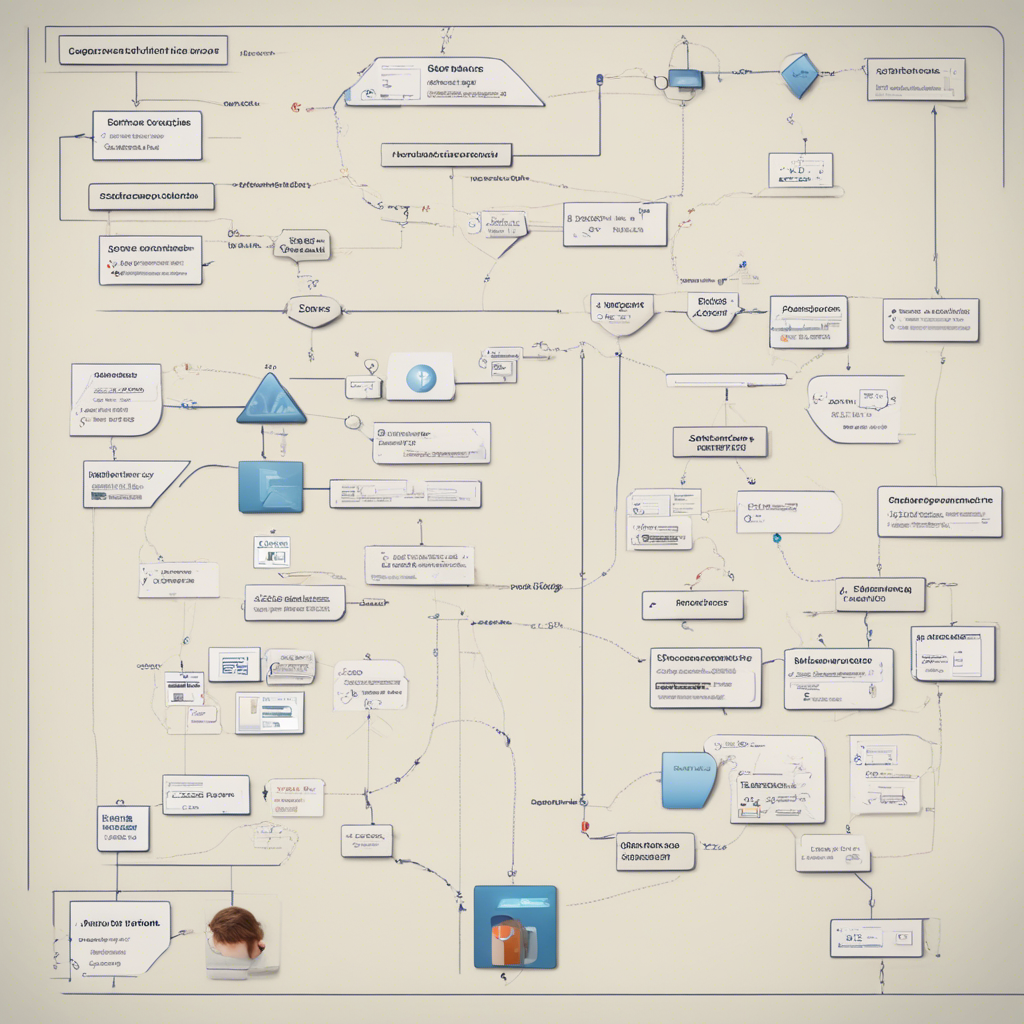
Measuring Product Success: Key Performance Indicators (KPIs)
In today’s highly competitive marketplace, the success of a product is vital to a company’s growth and profitability. To ensure ongoing improvement and to make informed business decisions, it is crucial to track and measure the success of a product using the right Key Performance Indicators (KPIs). This blog post will delve into the world of measuring product success, highlighting the most important KPIs and providing valuable insights for businesses.
Why Measure Product Success?
Measuring product success goes beyond just revenue generation. By tracking KPIs, businesses gain a deeper understanding of how their products are performing and whether they are meeting their goals. This information enables product teams to identify areas of improvement, manage resources effectively, and make data-driven decisions to drive growth and increase customer satisfaction.
Customer Acquisition and Retention
A fundamental aspect of measuring product success is understanding customer acquisition and retention. Two commonly used KPIs in this area are:
-
Customer Acquisition Cost (CAC): CAC represents the cost incurred to acquire a new customer. It can be calculated by dividing the total marketing and sales expenses by the number of new customers acquired within a specific time frame, such as a month or quarter. Monitoring CAC helps businesses understand their marketing efficiency and the sustainability of their customer acquisition efforts.
-
Customer Lifetime Value (CLTV): CLTV measures the total revenue generated from a customer over their entire relationship with the company. It considers factors such as average purchase value, purchase frequency, and customer retention rate. A higher CLTV indicates that customers are staying loyal to the product, making repeat purchases, and potentially referring others. By tracking CLTV, businesses can focus on customer retention strategies and product improvements that contribute to overall profitability.
User Engagement and Satisfaction
User engagement and satisfaction are crucial indicators of a product’s success. By analyzing user behavior and feedback, businesses can identify areas for improvement and gain insights into whether users are experiencing value from the product. Here are two key KPIs to consider:
-
User Activation Rate: This KPI measures the percentage of new users who have completed a predefined set of actions that signify engagement with the product. A high activation rate indicates that users find value in the product and are likely to become long-term customers. Measuring and optimizing this rate is essential for onboarding and converting new users.
-
Net Promoter Score (NPS): NPS is a widely recognized metric that quantifies the loyalty of a company’s customers. It is measured by asking customers to rate, on a scale of 0-10, how likely they are to recommend the product to others. Based on their responses, customers are classified as Promoters (9-10), Passives (7-8), or Detractors (0-6). Subtracting the percentage of Detractors from the percentage of Promoters gives the NPS. A positive NPS indicates that more customers are promoting the product, while a negative score highlights areas for improvement.
Market and Financial Performance
Evaluating market and financial performance is crucial for product success. Here are two KPIs related to this area:
-
Market Share: Market share measures a company’s revenue or unit sales as a percentage of the total market revenue or unit sales. It is an important KPI to assess the competitiveness of a product in its industry. A growing market share indicates successful product positioning and customer preference.
-
Return on Investment (ROI): ROI measures the profitability of an investment by comparing the gain from the investment relative to its cost. For a product, ROI can be calculated by dividing the net profit generated by the product by the total investment made. This KPI helps businesses evaluate the financial viability of their product and make informed decisions related to resource allocation and investment priorities.
Conclusion
Measuring product success requires tracking the right KPIs that align with business goals and objectives. By focusing on customer acquisition and retention, user engagement and satisfaction, and market and financial performance, businesses can gain valuable insights to improve their products and drive growth. Effective monitoring of these KPIs enables data-driven decision-making, enhances the customer experience, and ultimately contributes to the long-term success of a product in the marketplace.
Remember, each business and product is unique, and the KPIs that are most relevant may vary. Therefore, it’s essential to identify and track the KPIs that align best with your specific objectives and industry.
Let’s elevate your business by measuring and optimizing product success through the right KPIs!
Please note: The examples and calculations provided in this blog post are for illustrative purposes only. Actual KPIs and measurement methods may vary depending on the industry and the specific business context.






